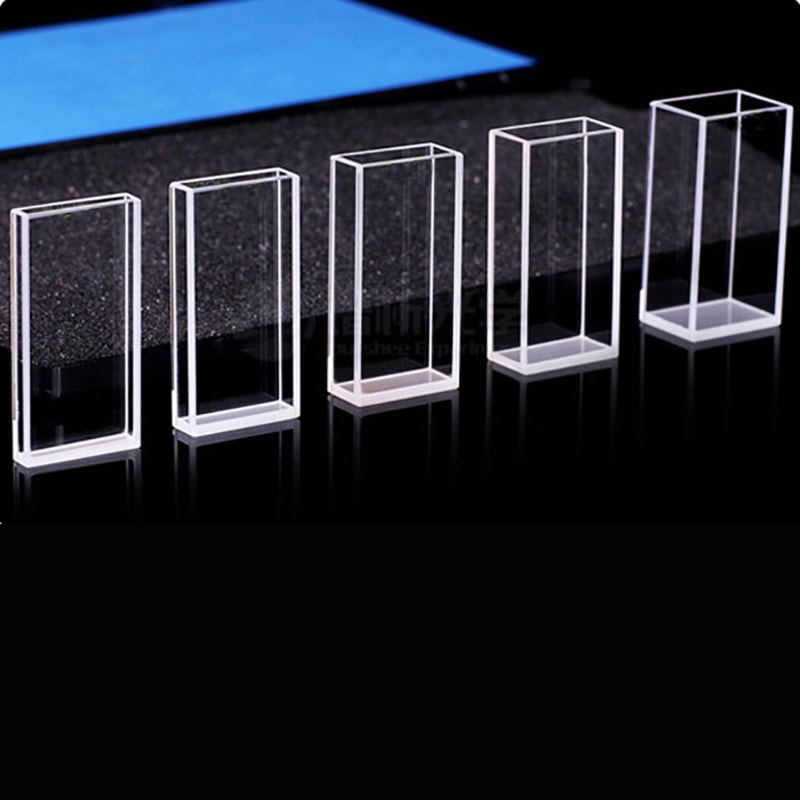The spectrotometry method, which exposes the secret of light transmittance and absorption at particular wavelengths, is an essential method for scientific discovery. The cuvette is the core of spectrophotometry, a simple but crucial container that can keep samples in place for analysis. They may seem simple, but their design intricacies, from cuvette path length to the choice of material can be the key to unlocking precise data on the substance’s concentration and quality. Explore this fascinating realm of cuvettes and the dimensions they take. They impact the outcomes of all experiments.

Image credit: cuvet.co
Power of Cuvette Pathlength
Imagine an light beam moving through a liquid. The result is dependent on the length of the cuvette, or the distance over which light travels. A majority of laboratories use a standard cuvette with 1 cm of path. This is the ideal option for balancing practicality and sensitivity. Why is this important? The longer the path of light more of light that is taken in. Thus, the signal will be amplified for diluted samples. But for concentrated solutions like nucleic acids and proteins, shorter paths can be a game changer. This method decreases the amount of dilution required which saves precious samples as well as cutting down on preparation times. What can you learn from this? Matching the path length to requirements for sample is not obvious and increases reliability.
Cuvette Size and Dimensions more than meets the Eye
Cuvette size isn’t just about how much liquid fits inside it’s about how the vessel interacts with the spectrophotometer. Each cuvette is designed to meet particular tasks and comes in a range of shapes and sizes. Semi-micro cuvettes come in smaller sizes but have more robust walls. They are ideal for small sample volumes. The thicker walls decrease the area inside which lets light travel through without any loss of droplets. If you compare this to an ordinary cuvette there is a noticeable difference that there are fewer steps to pipette less errors, and results that last. This clever method proves size is not only a number, but a strategy.
The 1cm length of the path Cuvette is a lab favorite
Why does the one-centimeter path length cuvette rule the day in so many studies? This is the perfect place to conduct biological tests, where every milliliter is important. This design is a classic and provides reliable reads of absorbance while not overloading the detector. It’s perfect for all kinds of tests, including DNA purity tests to enzyme assays. This isn’t a perfect solution in all circumstances. If you switch it out for a cuvette having different geometry or length, like one used for emission studies and the results may be drastically altered. Precision depends on selecting the appropriate instrument, not just the most well-known one. A mis-matched cuvette can be compared to a mis-tuned instrument close, but not completely right.
Material Matters beyond Size and Path
Cuvette dimensions tell only half the story material choice seals the deal. Quartz and glass cuvettes shine due to their excellent transmission rate and allow light to flow through with no interference. These cuvettes are durable they can be reused and are ideal for spectroscopy. However plastic cuvettes can be found in a variety of sizes, offering affordability and convenience. There’s no need for cleaning or cross-contamination. Simply utilize the cuvettes and dispose. For quick aqueous solutions, or DNA and RNA tests, they’re hard to beat. The cost? low accuracy at certain wavelengths. This is a classic example of intent dictating preference for quartz for the purists and plastic for the pragmatic.
Precision in Practice
Cuvettes are versatile and adaptable. With spacers, shorter paths are able to deal with concentrated samples. Larger vessels are better suited for bulkier volumes. Any choice in length, size, material is a ripple that runs through the experiment making clear the outcomes. Think of a lab looking at the amount of protein. A semimicro cuvette has a shorter path, which reduces the need for dilution and provides reliable results faster. Compare this to a negligent change of cuvettes in middle of an experiment and you’ll observe that numbers decrease. This is a great reminder that even the smallest small details can have a huge impact on spectrophotometry.
Cuvettes may seem small, yet their importance is immense. Cuvettes, which vary from a 1-cm cuvette path length to customized dimensions help provide a bridge between your sample and the insights. A good cuvette can turn an excellent measurement, regardless of whether you are chasing concentration or purity to a high-quality measurement.
